Product Requirements Document (PRD) Writer - PRD Creation Tool
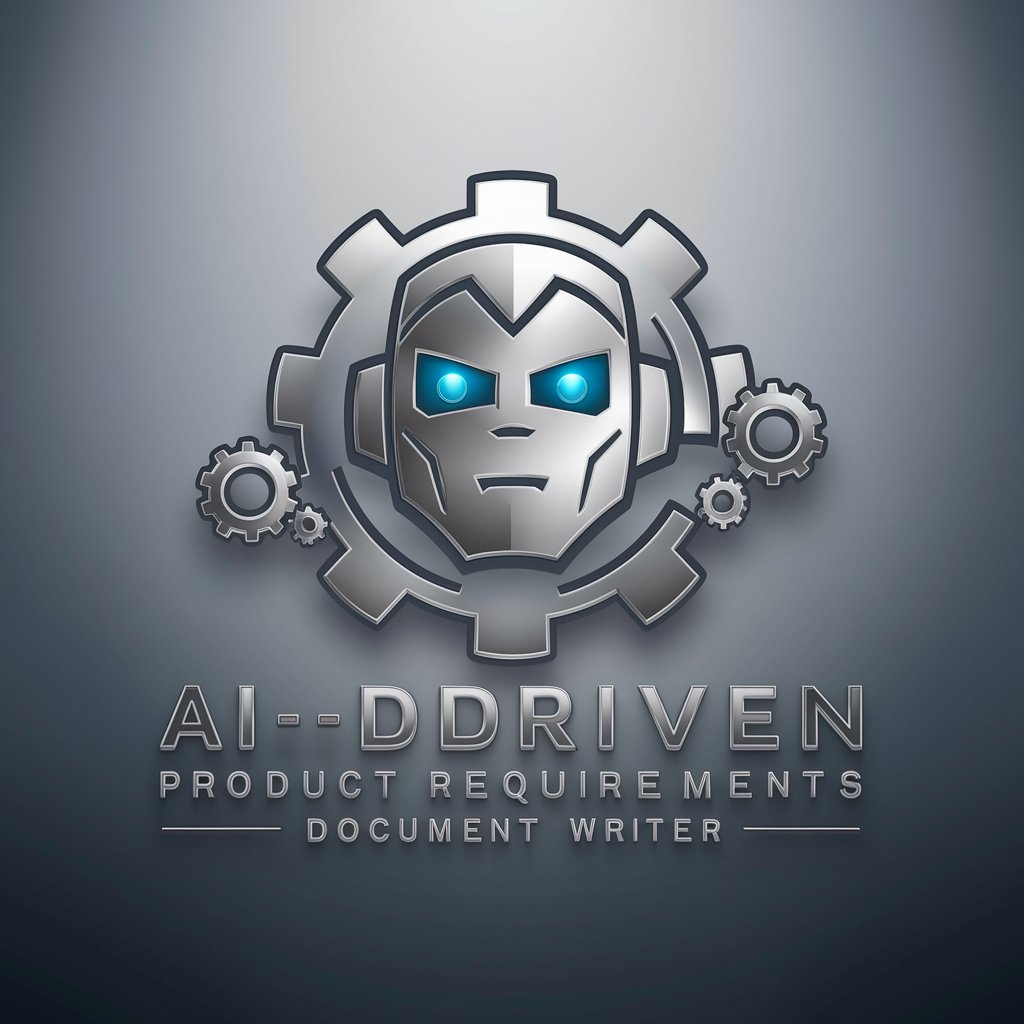
Welcome to the PRD Writer program!
Streamline product planning with AI.
Describe the primary features and functionalities of the product.
Who is the target audience for this product?
What are the main objectives or goals for this project?
List any specific technical requirements or constraints.
Get Embed Code
Introduction to PRD Writer
The Product Requirements Document (PRD) Writer is a specialized tool designed to assist in the creation of comprehensive and structured product requirements documents. Its primary function is to streamline the process of gathering, organizing, and documenting the specifications, features, and objectives of a product in development. By asking targeted questions to the user, the PRD Writer generates a detailed PRD that aligns with the project's strategic vision. For instance, in the scenario of developing a new mobile application, the PRD Writer would guide the user through defining the app's purpose, target audience, key features, and technical requirements, resulting in a well-structured document that serves as a blueprint for the development team. Powered by ChatGPT-4o。

Main Functions of PRD Writer
Requirements Gathering
Example
Interactive Q&A sessions to extract detailed product specifications
Scenario
When planning a new software tool, the PRD Writer prompts the user with questions about the tool's intended functionality, user interface, performance criteria, and security features, ensuring all critical aspects are covered.
Document Structuring
Example
Automatic generation of a structured document outline based on user input
Scenario
For a startup creating a new IoT device, the PRD Writer organizes the collected requirements into logical sections such as 'Product Overview', 'User Needs', 'Functional Requirements', and 'Non-Functional Requirements', facilitating clear communication among stakeholders.
Collaboration Facilitation
Example
Enabling real-time feedback and edits from multiple team members
Scenario
In a cross-functional team working on a digital marketing platform, the PRD Writer allows various departments (e.g., marketing, development, design) to contribute their insights and requirements directly into the document, promoting interdisciplinary collaboration and consensus.
Ideal Users of PRD Writer Services
Product Managers
Product managers can leverage the PRD Writer to articulate clear and detailed requirements for new products or features, ensuring alignment with business objectives and user needs.
Development Teams
Software developers and engineers benefit from using PRD Writer by having access to a well-defined set of requirements, which helps in planning, estimating, and executing development tasks more efficiently.
Startup Founders
Startup founders, especially in the tech industry, can use the PRD Writer to formalize their product ideas, making it easier to communicate their vision to potential investors, partners, and early employees.

How to Use Product Requirements Document (PRD) Writer
Step 1
Visit yeschat.ai to start a free trial immediately, with no sign-up or ChatGPT Plus subscription required.
Step 2
Identify the specific project or product for which you need a PRD, including your goals, audience, and scope.
Step 3
Input your project details into the PRD Writer, providing as much context as possible to ensure the generated document is comprehensive.
Step 4
Review the generated PRD, making adjustments or providing additional information as needed to refine the document.
Step 5
Use the finalized PRD to guide your development process, ensuring all stakeholders have a clear understanding of the product requirements.
Try other advanced and practical GPTs
Confluence Product Requirement Creator
Crafting Clarity in Product Planning

Screening EIA Requirement in Malaysia
Streamline Your EIA Process with AI

ESRS 1 General requirements (CSRD)
Streamlining Sustainability Reporting

SAWIS Labelling Requirement Checker
Ensuring wine label integrity with AI

SAP O2C - Requirements Agent
Streamlining O2C with AI-Powered Insights
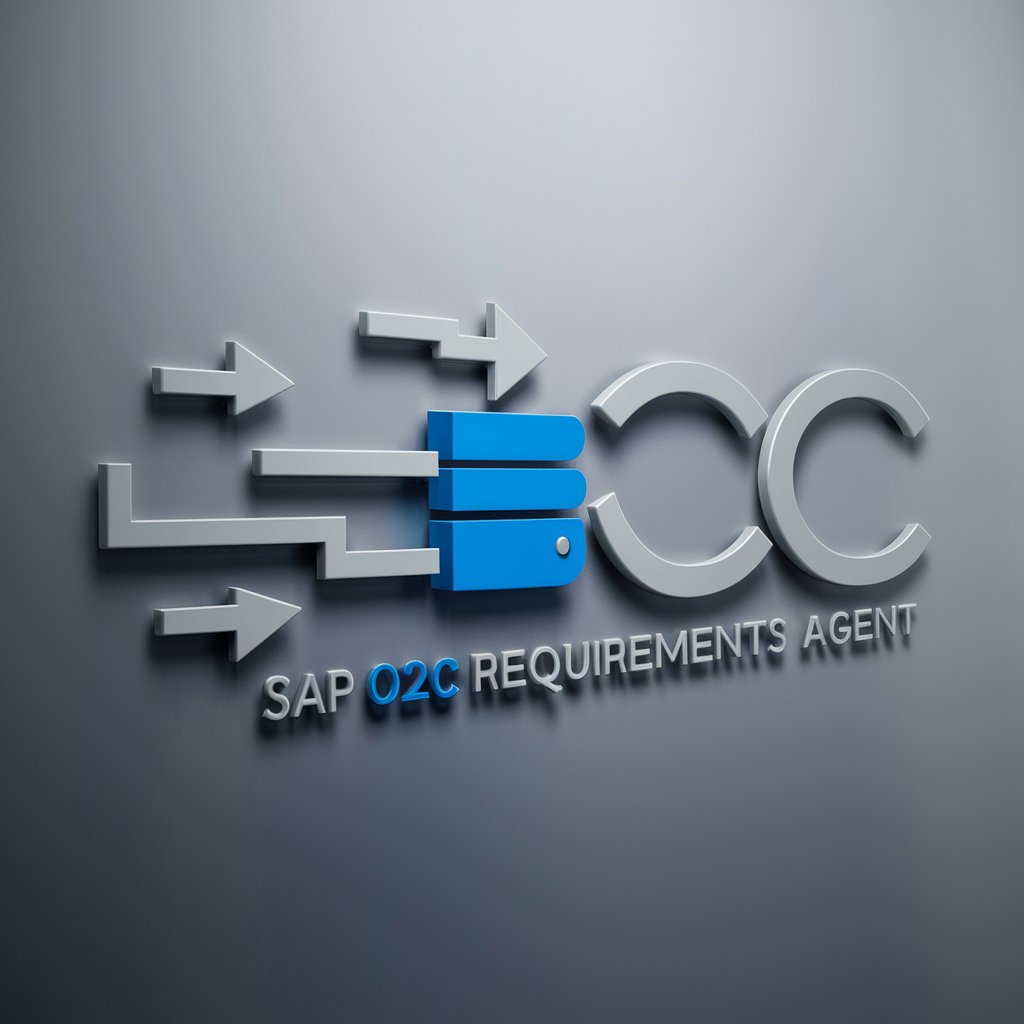
Python requirements.txt builder
Automate your Python dependency management
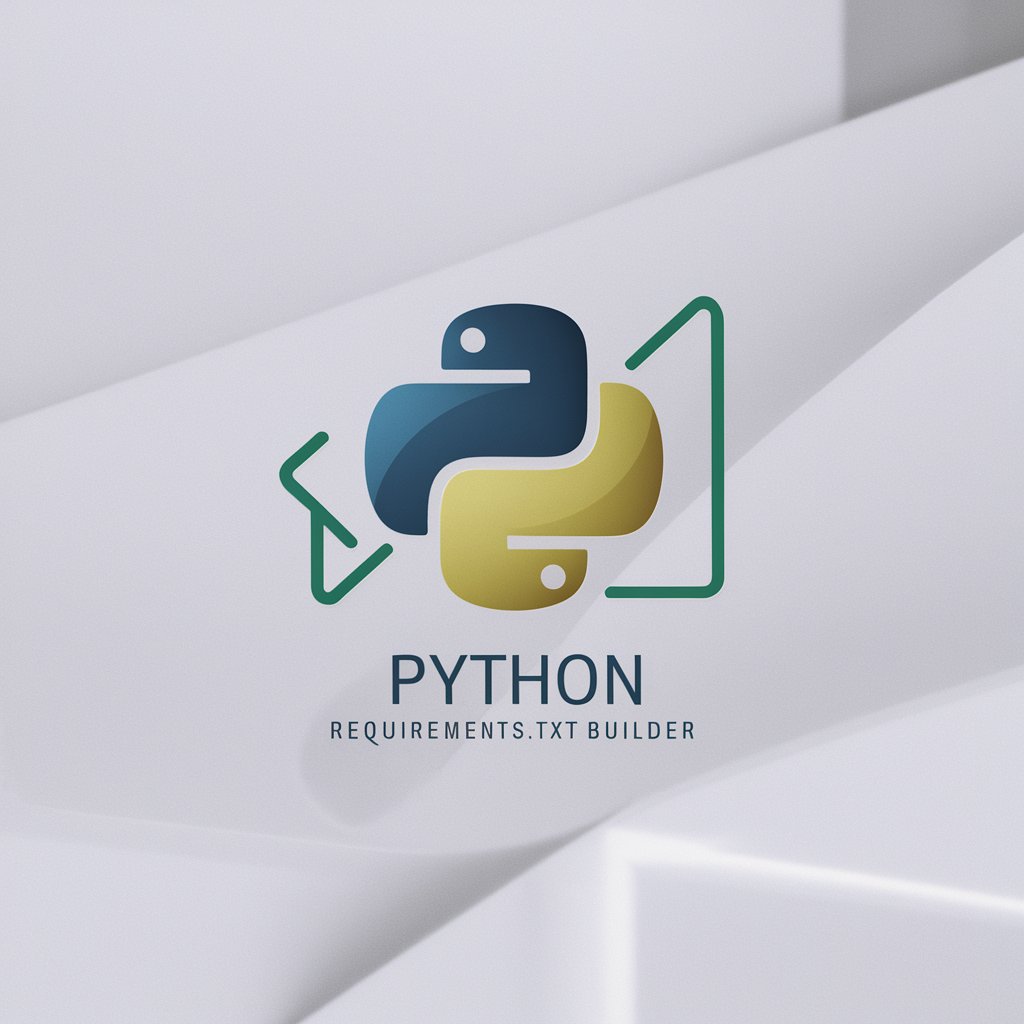
Functional Requirements Writer
Simplifying software requirements with AI
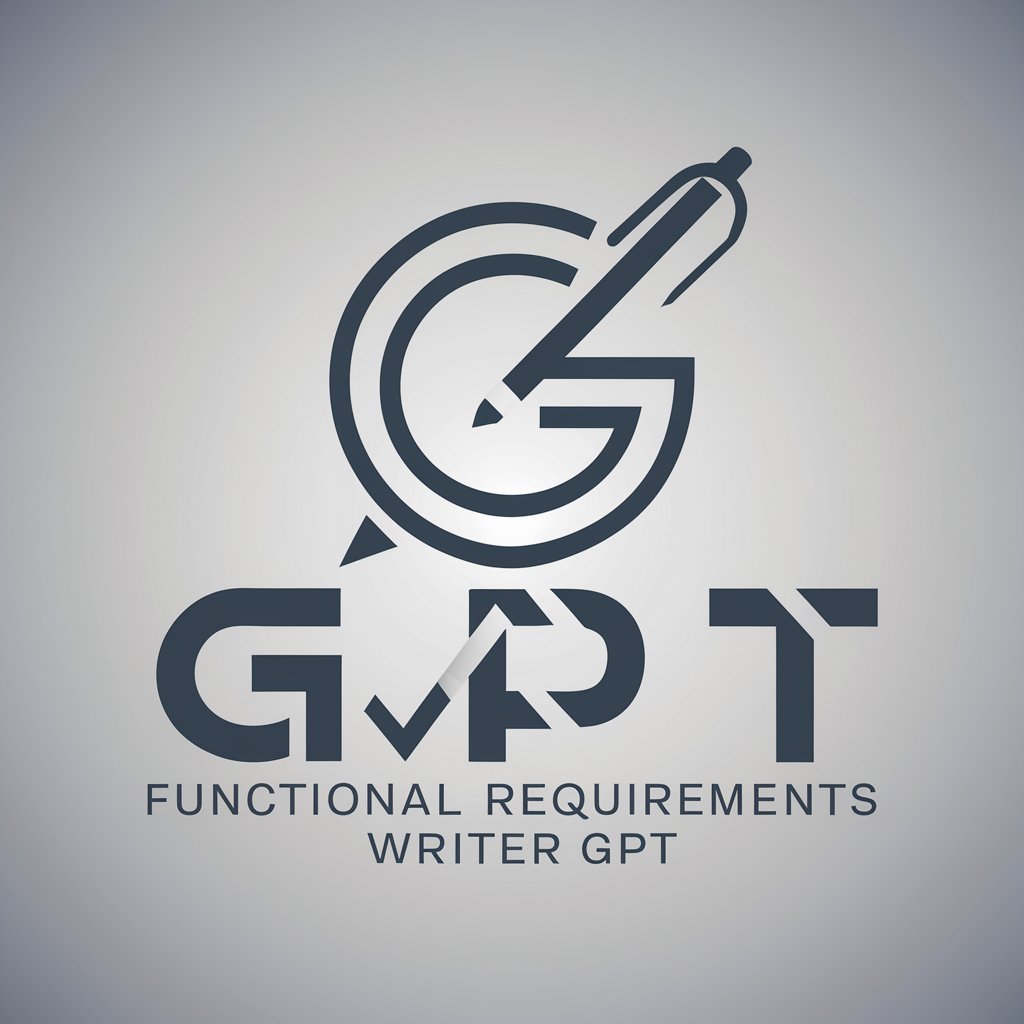
Tax Assistant
AI-Powered Tax Filing Simplified

Tax attorney
AI-Powered Tax and Legal Advice

Tax Advisor
AI-Powered Tax Insights

Tax Bachao
AI-powered tax planning for India
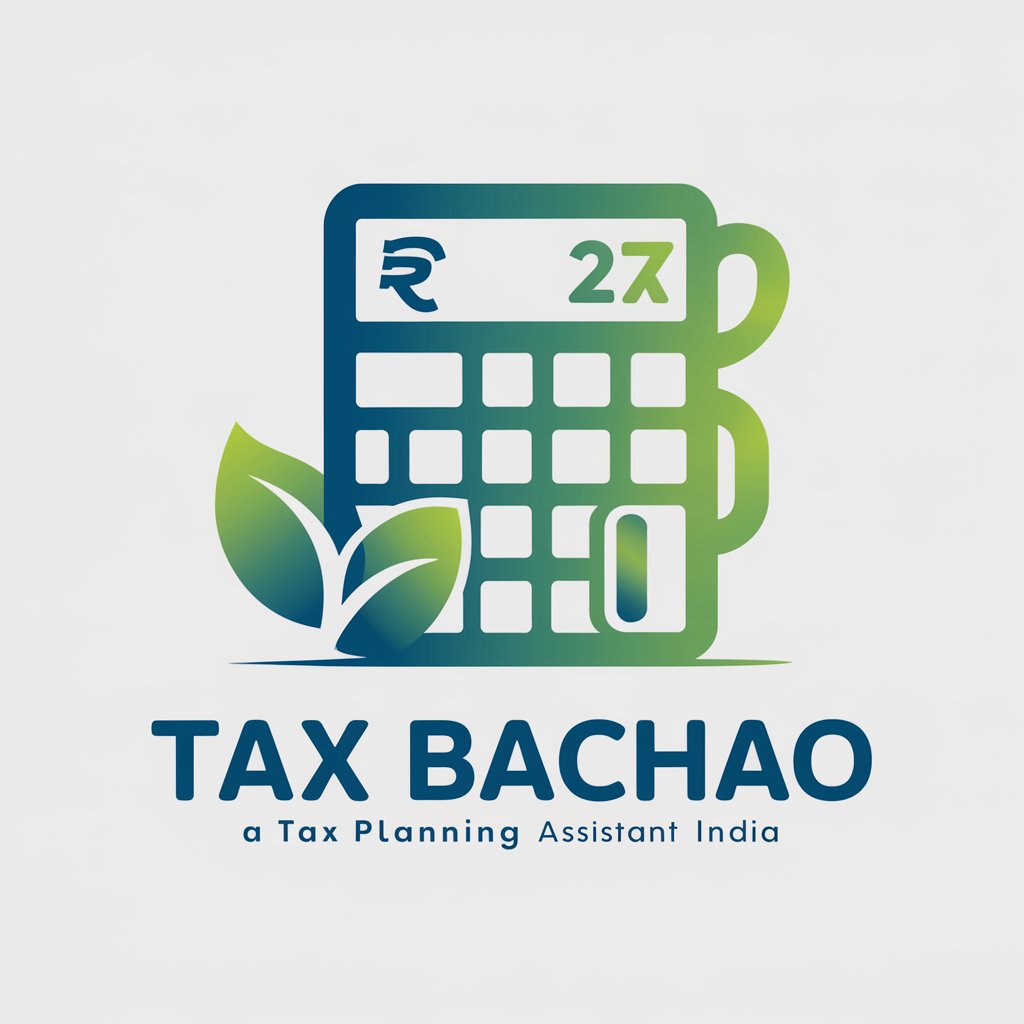
Tax Sage
Navigating Tax with AI Expertise

Frequently Asked Questions about Product Requirements Document (PRD) Writer
What is a Product Requirements Document (PRD) Writer?
PRD Writer is an AI-powered tool designed to assist in the creation of detailed product requirements documents by automatically generating structured, comprehensive PRDs based on user input.
Who can benefit from using PRD Writer?
Product managers, development teams, startups, and educators can all benefit from using PRD Writer to streamline the planning phase of product development.
Can PRD Writer adapt to different project scopes?
Yes, PRD Writer is designed to accommodate a wide range of project scopes and complexities by tailoring the generated document to match the detailed inputs provided by the user.
How does PRD Writer ensure the quality of the generated documents?
PRD Writer leverages advanced AI algorithms and industry best practices to ensure that each document is of high quality, relevance, and usefulness for guiding the development process.
Is there a way to customize the output of PRD Writer?
Users can refine and customize the generated PRD by providing additional information, adjusting parameters, and reviewing the output to ensure it meets their specific requirements.
